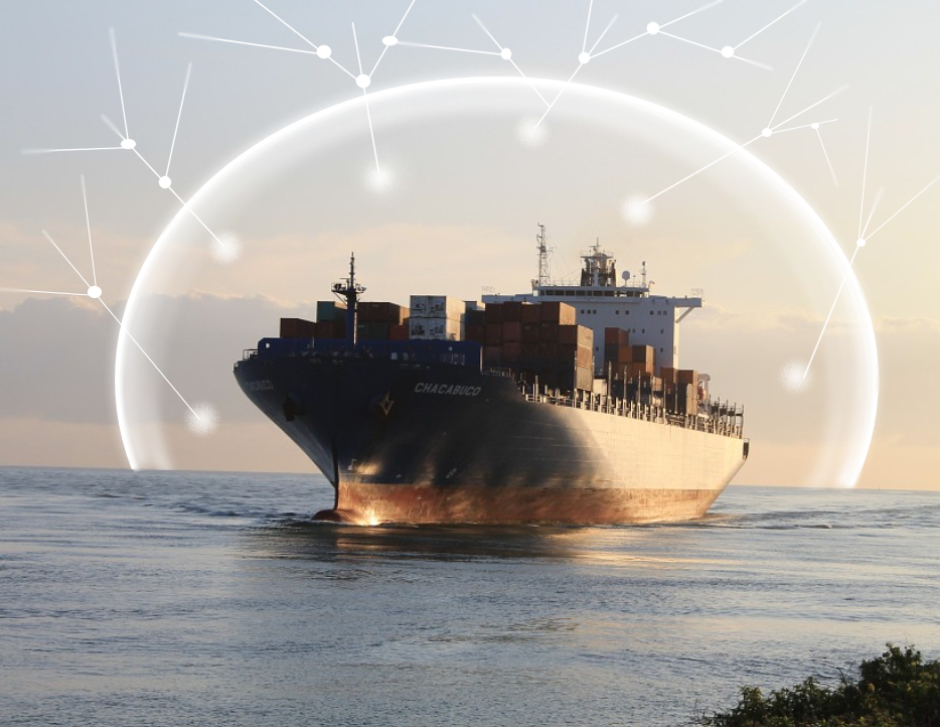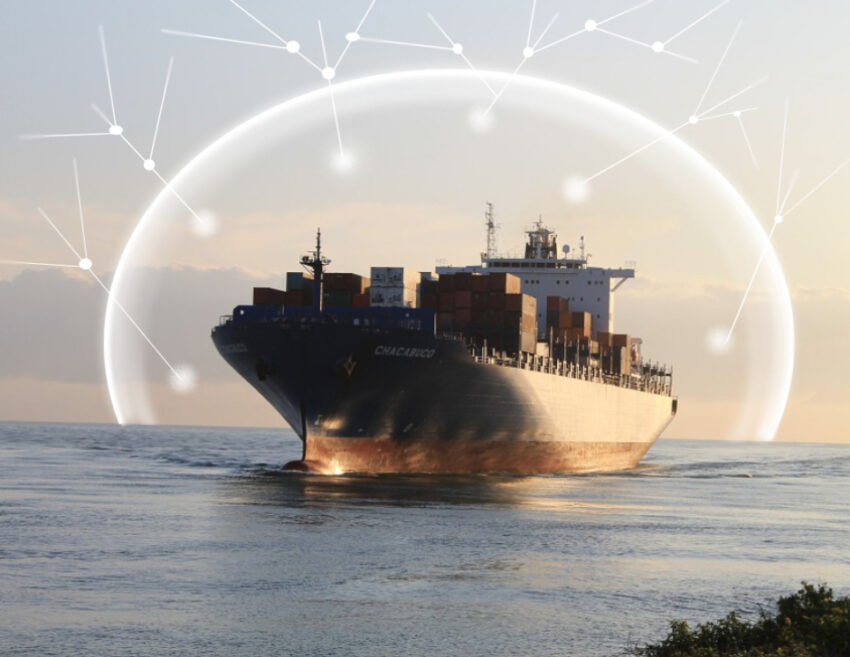The container shipping industry has traditionally relied on manual processes for both decision making and data management. There are around 4,900 ports all over the world. Unfortunately, only a handful of them has started to digitize their operations. The reliance on conventional methods is no longer proving useful and this industry is now looking for more effective ways to manage their day-to-day processes. Moreover, the pandemic has highlighted the importance of embracing digitization. Digitization is the only way to make the ocean shipping industry more effective, agile and flexible. In other words, it helps to create the possibility for ports to counter the challenges posed by the pandemic and globalization. In today’s post, we are going to provide you with a brief report on the digitization endeavours of the ports and the best international freight shipping companies.
Digitization of the ocean shipping industry
Why is it needed?
According to the Secretary-General of the International Maritime Organization, digitization is “crucially important to ensure the functioning of the global supply chains and the facilitation of safe and efficient operations of maritime transport.” Digital solutions not only make the transport chains of the ports more effective, but it also helps to enormously simplify the complex processes. Additionally, digital networking between the international ports offers opportunities to enhance safety within the entire chain of the ocean shipping industry. It will allow them to create new business models for targeted information and data transfer. A digital approach will also help to improve the role of the port employees within the terminals. It will have a positive impact on the productivity of the ports.
During the lockdown last year, most of the operations of the ports and the container shipping industry came to a halt. This resulted in congestion in both the ports, as well as the warehouses. This has clearly highlighted the weak points of the international ocean cargo shipping industry. The IMO General Secretary further states that the challenges posed by the pandemic can only be tackled with increased digitization. This will not only improve the resiliency of the maritime supply chain but will also help to promote sustainable development. In the wake of the Coronavirus pandemic, port authorities are seeking digital solutions that will facilitate monitoring, and security, while fostering efficiency.
The ongoing digitization endeavours of the ports and container shipping industry
This industry is now focusing on increased cooperation to meet the challenges in the post-pandemic period. According to the Chairman of Maritime Port Authority of Singapore (MPA), the push-in digitization effort is helping the maritime shipping industry to cope with the new normal. Even before 2020, increased cooperation and standardization of data was thought to be crucial for the success of the maritime industry. Last July the Singapore Maritime Port Authority signed an MoU to ”bring together international partners to collaborate on interoperability.” They are discussing the prospect of creating a seamless platform that will connect the systems globally, enabling easy data sharing thus transforming the so called ‘digital lakes’ into a well-connected “digital ocean”. They are presently holding discussions with port authorities all over the world to push this objective.
In October 2020, the Facilitation Committee of the International Maritime Organization had a virtual meeting. Here they approved the IMO Compendium on Facilitation and Electronic Business. This compendium consisted of essential steps towards a coordinated and standardised process of digitization. Nevertheless, it is important to admit the challenges that accompany the implementation of full-scale digitization in so many countries. Taking into consideration the critical post-pandemic scenario, the IMO thinks that no country should be left behind. The MPA Chairman believes this process will involve the ports, the shippers and the logistics stakeholders. Simply put, they need to cooperate for augmenting the sustainability and efficiency of the ocean cargo shipping industry. Consequently, it will result in ease of trade, financial recovery and greater prospects of profit.
A Case Study of the Port of Kiel: How it is benefiting from the use of digitized infrastructure
The Port of Kiel in North Germany has taken up a commendable endeavour in association with Siemens Smart Infrastructure. They are introducing a cloud-based power monitoring solution. This has been created to conserve over 8,000 tonnes of carbon dioxide every year. Besides, the new solution will evaluate the energy consumption at the shore power operations of Kiel port and at the connection points at Schwedankai and Ostseekai. Most importantly, Siemens IoT system would store valuable real-time data to create an in-depth idea about downtime and consumption. This in turn will help to determine the problems of operations and allow them to better plan the maintenance routines.
Moreover, their shore power system is also playing a vital part to combat the threat of climate change. The new cloud solutions have allowed them to constantly check the efficiency of their systems and rectify irregularities whenever needed. An accurate understanding of energy flows not only ensures seamless functioning of their operations but also promotes economic sustainability. Additionally, efficient power management also reduces needless transportation.

A Few Steps for the Digitization of the Maritime Industry
To begin with, the process of digitization can be commenced by taking these first basic steps.
-
Think of data as an asset
Before making the leap into a digital future, international cargo shipping companies should understand that digitization is not a burden. This approach is the root of all problems. The company’s data is its asset. Therefore, an organized data management system and a digital platform for all the essential data will help the company in several ways. For example, it will help to lower risks, help in better client servicing, increase efficiency and ultimately drive growth. This is why it is extremely important to think of the data as an asset that can bring great value to the organization.
-
Consider your present state
This can be done by examining the data sets presently being used by your company. The best international freight shipping companies need to look at the kinds of data being collected. The use of this data and the people who use it also needs to be researched. In other words, a comprehensive investigation of the data affecting the decision-making process of the shippers is absolutely essential.
-
What is your ideal future?
The stakeholders in the ocean cargo industry need to ask themselves the above question. Most importantly, they need to think about how the data can increase the efficiency of their organization. Some of the most pertinent questions can be- Will it allow better transparency? How can it foster the growth of the business and help in customer service? Can digitization be used to enhance services and generate better client loyalty? How it can help to compete in this tough market? The shippers need to prioritize their objectives and then take the required steps towards digitization.
-
Come up with a framework
First and foremost, the stakeholders in this industry should come up with a framework to effectively organize their data sets. This should be done in a way to ensure accuracy and automation across all the users.
In conclusion, it can be safely commented that technological advancement assisting data exchanges is crucial to facilitate the global maritime industry. Digitization is helping to foster efficiency and resiliency in maritime and port operations. In this era of digital transportation, increased reliance on technology is absolutely imperative for combating the effects not just of the pandemic but all similar disruptions.


